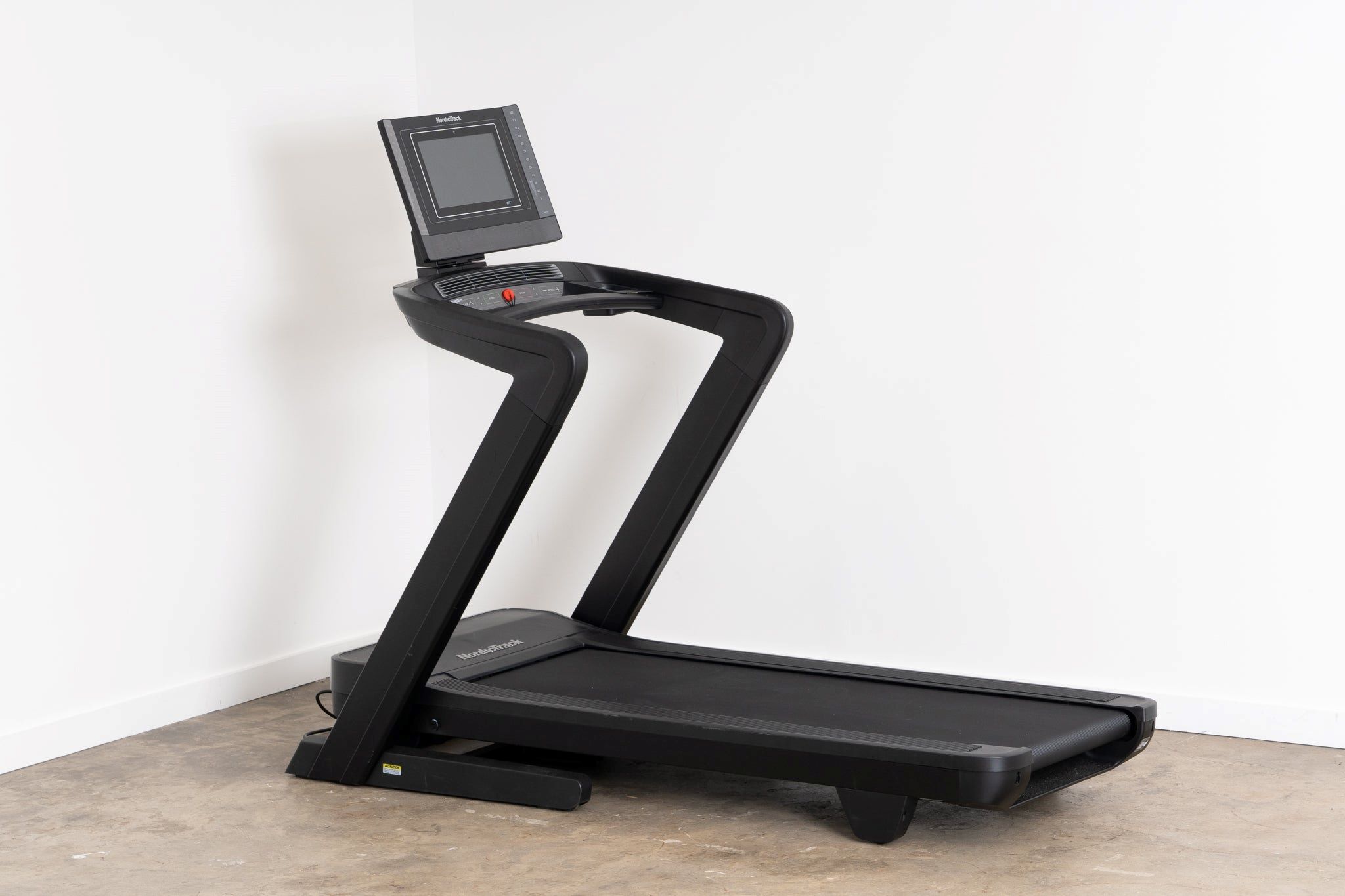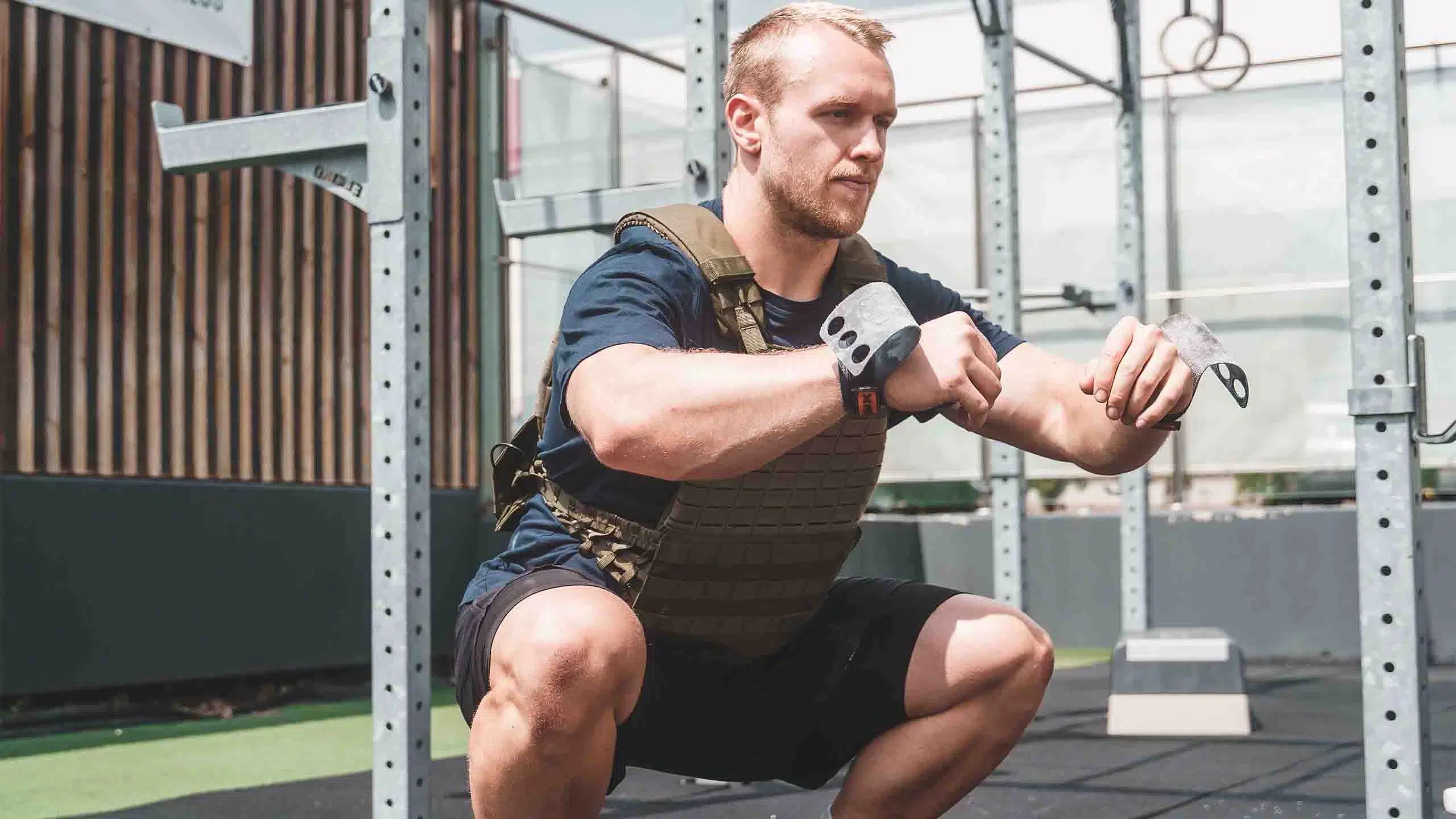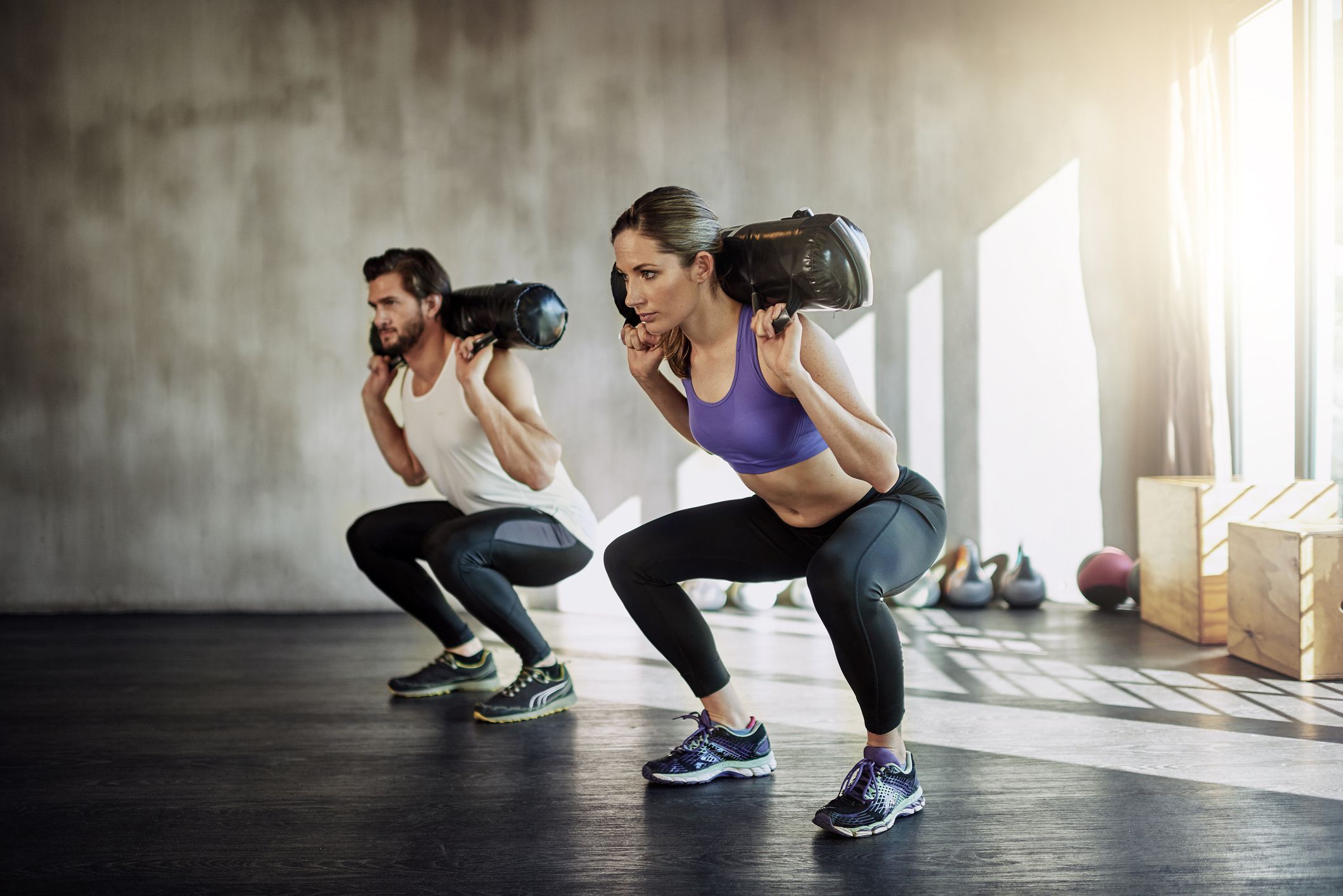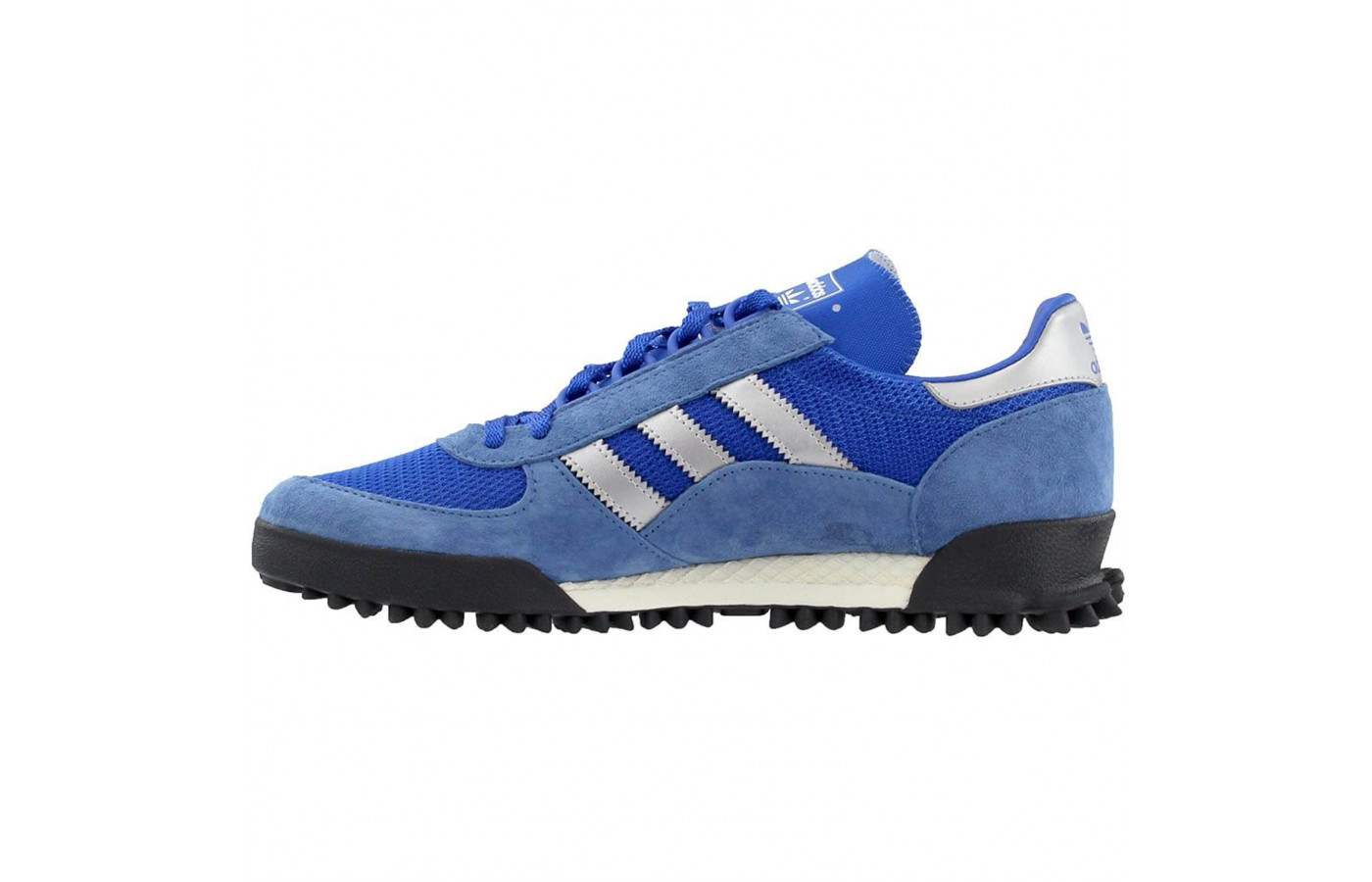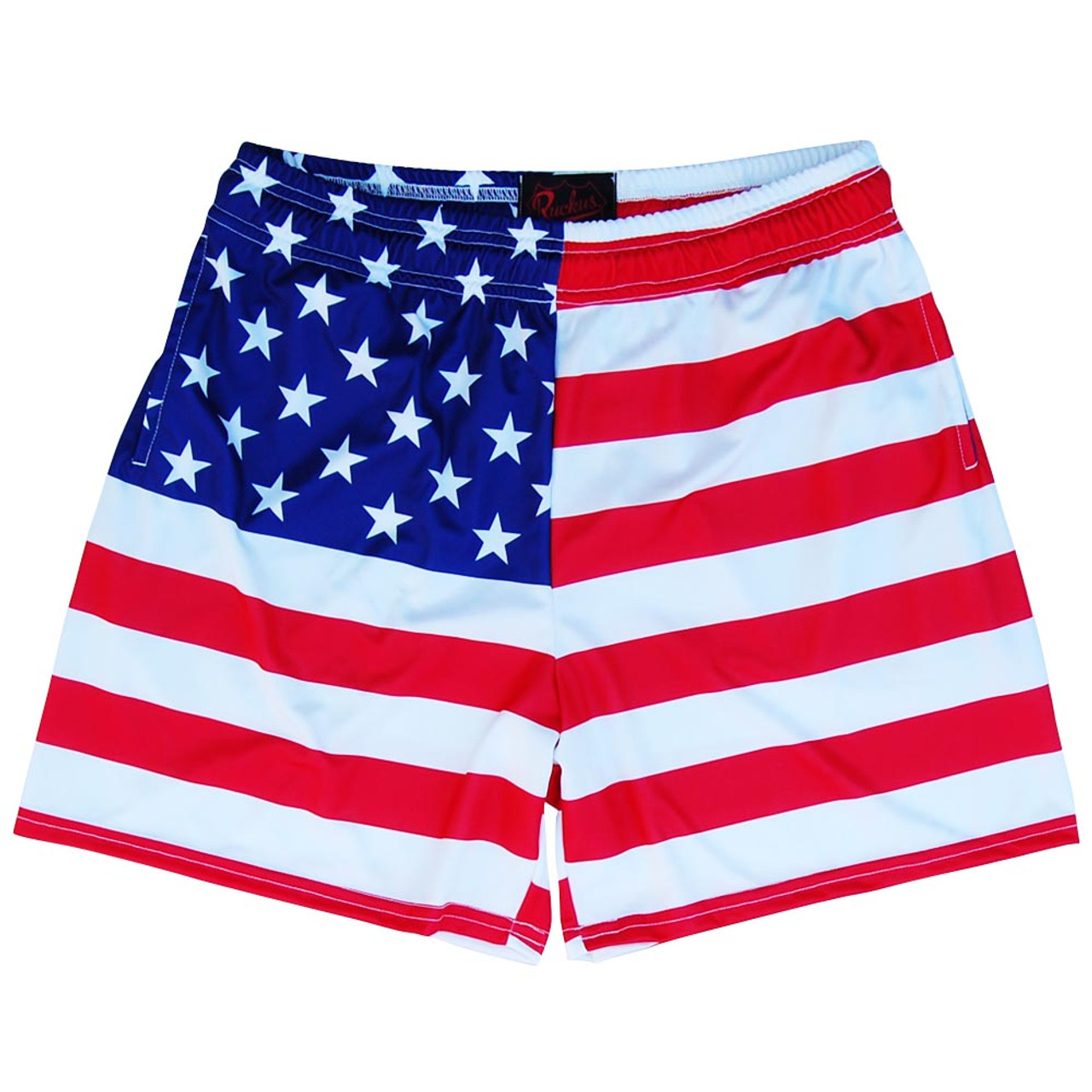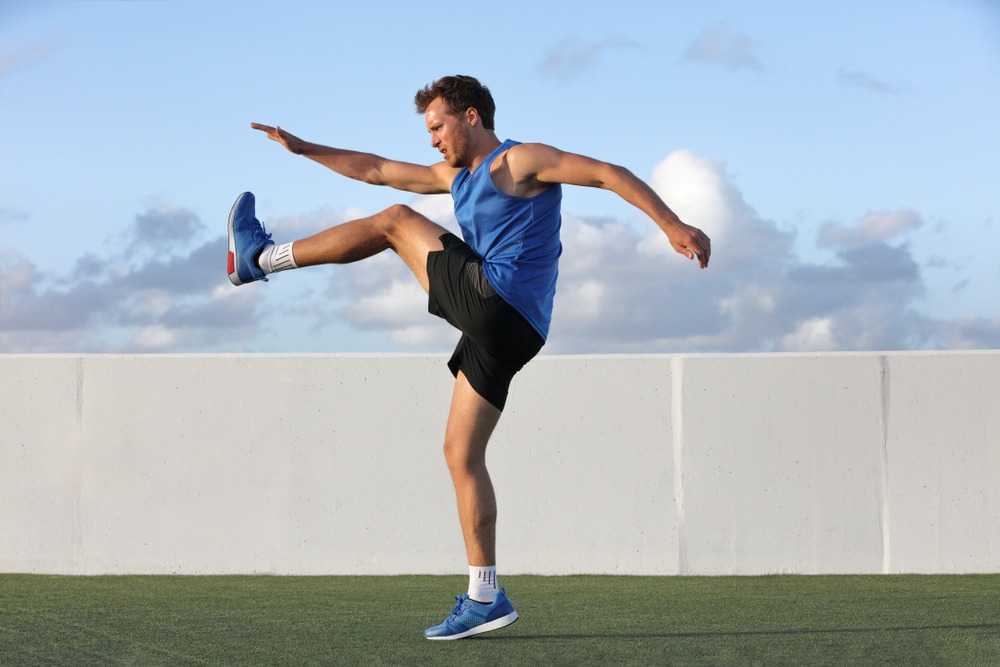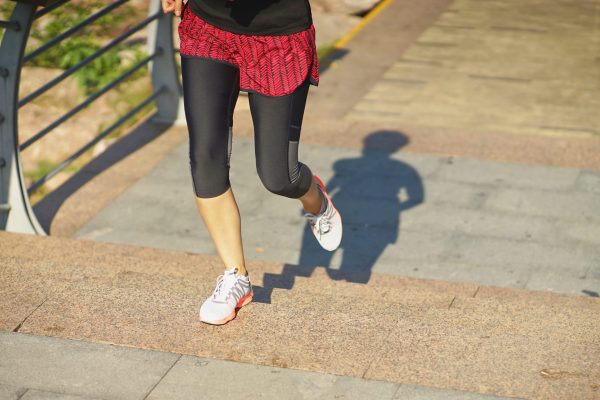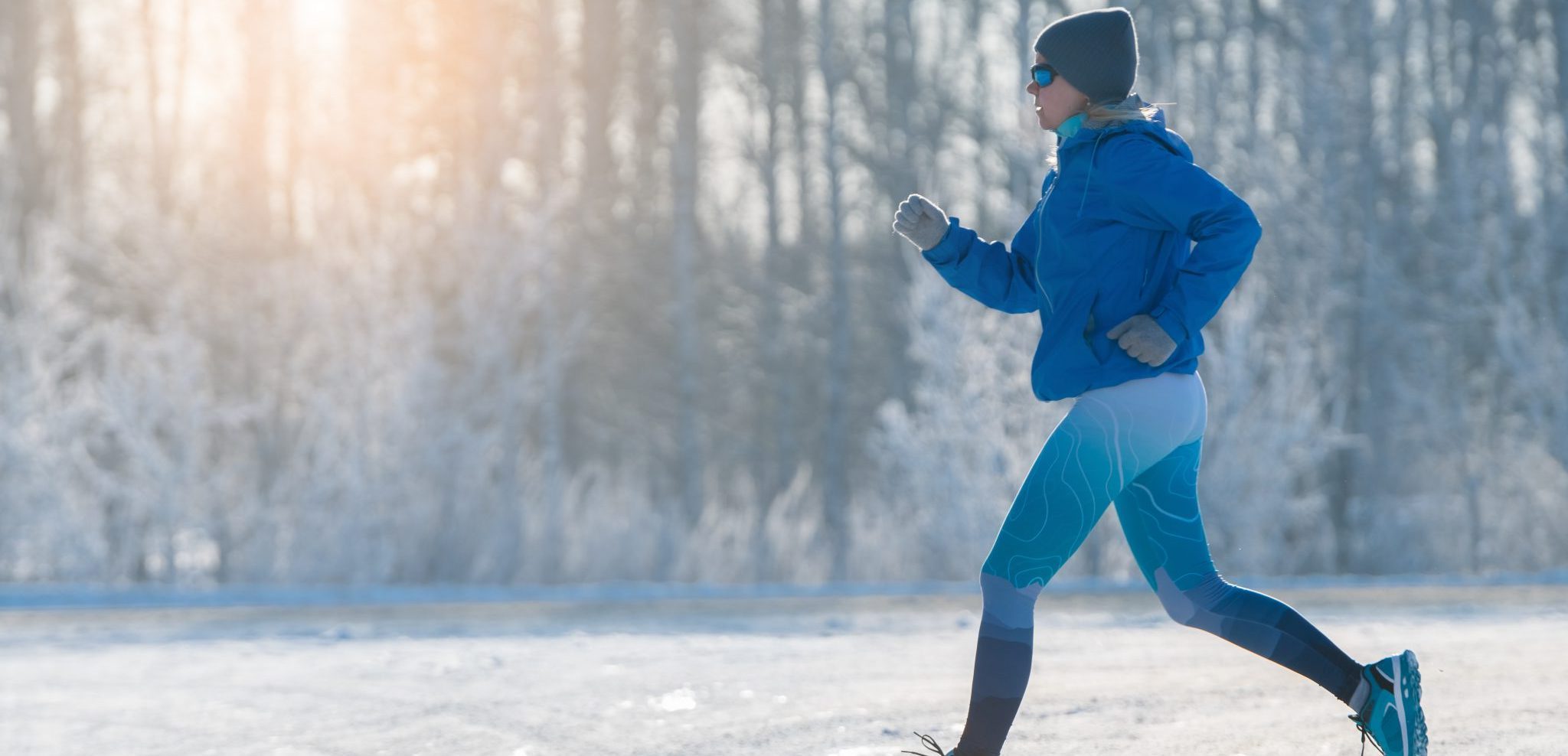

Featured
How To Stay Warm In Athletic Wear
Modified: August 19, 2023
Stay warm in your athletic wear with our featured tips and tricks. Learn how to keep cozy during workouts and outdoor activities.
Introduction
When the temperature drops and winter sets in, staying warm while engaging in athletic activities becomes a top priority. Whether you are a dedicated runner, a hiker, or someone who enjoys outdoor sports, it’s essential to find the right gear that will keep you comfortable and protected from the cold. The key to staying warm in athletic wear lies in understanding the principles of layering, choosing the right fabrics, and utilizing thermal technology to your advantage.
Athletes and outdoor enthusiasts need to be aware of the risks of exercising in cold weather. Exposure to low temperatures can lead to hypothermia or frostbite if proper precautions are not taken. Therefore, it is crucial to wear appropriate clothing that provides insulation and mobility while effectively regulating body temperature.
In this article, we will explore various strategies and tips to help you stay warm and comfortable in athletic wear during winter activities. From layering techniques to choosing the right fabrics and leveraging thermal technology, you’ll discover the secrets to keeping your body protected and your workouts enjoyable even in chilly conditions. So, let’s dive in and learn how to make the most of your cold-weather workouts!
Layering for Warmth
Layering is a fundamental principle when it comes to staying warm in athletic wear during cold weather. It involves wearing multiple thin layers rather than relying on a single thick piece of clothing. This technique provides insulation, traps body heat, and allows for better temperature regulation. Here’s how to effectively layer your clothing for maximum warmth:
- Base Layer: Start with a moisture-wicking base layer that fits snugly against your skin. This layer should be made of synthetic materials like polyester or merino wool, as they will keep you dry by wicking away sweat and moisture from your body.
- Insulating Layer: The middle layer serves as the insulating barrier between your base layer and outer shell. Fleece jackets or vests are excellent options for providing warmth and trapping heat. Look for materials like Thinsulate™ or Polartec® that offer superior insulation without adding bulk.
- Outer Shell: The outermost layer acts as a protective shield against wind, rain, and snow. It should be breathable, waterproof, and wind-resistant. Look for jackets or pants with a durable water repellent (DWR) coating to ensure maximum protection. Additionally, consider features like adjustable cuffs, a hood, and a high collar to further shield you from the elements.
By layering your clothing, you create air pockets between each layer that help retain heat and provide insulation. This technique allows you to easily adjust your body temperature by adding or removing layers depending on the weather conditions and your activity level. It’s important to strike the right balance between warmth and breathability to avoid overheating or feeling constricted during physical exertion.
Remember, layering is not just limited to your torso. Your legs, feet, and head also need proper insulation. Consider wearing thermal leggings or tights as your base layer for your lower body. Insulated socks and waterproof shoes are essential for keeping your feet warm and dry. And don’t forget to wear a moisture-wicking beanie or hat to protect your head from heat loss as well.
Overall, layering is a versatile and effective technique that allows you to adapt to changing weather conditions while maintaining optimal comfort and warmth. Now that you have a solid foundation on layering, let’s move on to choosing the right fabrics for your athletic wear in the next section.
Choosing the Right Fabrics
When it comes to staying warm in athletic wear, choosing the right fabrics is paramount. Not all fabrics are created equal, and selecting the wrong ones can leave you feeling cold, uncomfortable, and damp. Here are some key considerations when selecting fabrics for your cold-weather athletic attire:
- Merino Wool: Merino wool is an excellent choice for base layers due to its natural moisture-wicking properties. It is soft, lightweight, and has exceptional insulation capabilities. Unlike traditional wool, merino wool is breathable and odor-resistant, making it a great option for long hours of activity.
- Synthetic Fabrics: Synthetic materials like polyester, nylon, and spandex are commonly used in athletic wear. They are lightweight, quick-drying, and offer excellent moisture-wicking properties. Look for performance fabrics with moisture-wicking technology that will keep you dry and comfortable during intense workouts.
- Fleece: Fleece is a popular choice for mid-layer insulation due to its warmth and softness. It provides excellent thermal insulation while remaining lightweight and breathable. Fleece traps air within its fibers, creating a layer of warmth while allowing sweat to evaporate.
- Down: Down is a natural insulator and is often used in outer layers to provide exceptional warmth. Down jackets and vests are lightweight, highly compressible, and offer excellent heat retention. However, it’s important to ensure that the down is responsibly sourced to avoid supporting unethical practices.
- Waterproof and Breathable Fabrics: Look for outer shells made of waterproof and breathable materials like Gore-Tex® or eVent®. These fabrics repel rain and snow while allowing perspiration to escape, keeping you dry from the inside out. Proper ventilation is essential to prevent overheating and moisture buildup.
When choosing fabrics, consider your activity level and the specific demands of your sport. If you anticipate high-intensity workouts, opt for fabrics that are lightweight, breathable, and have superior moisture-wicking capabilities. For more low-intensity activities or periods of inactivity, focus on fabrics that provide excellent insulation and heat retention.
Additionally, pay attention to garment construction and features. Look for flatlock seams to prevent chafing and irritation. Insulated panels and zippers can help regulate temperature in areas that tend to get colder, such as the underarms or neck. Reflective detailing is also important for visibility during low-light conditions.
By choosing the right fabrics for each layer of your athletic wear, you can optimize warmth, comfort, and performance, ultimately enhancing your cold-weather training experience.
Insulating Your Head and Hands
When venturing outdoors in cold weather, it’s crucial not to neglect your extremities, particularly your head and hands. These areas are susceptible to heat loss and can significantly impact overall comfort. Here are some tips for effectively insulating your head and hands:
- Headwear: Heat can quickly escape from your head, making it essential to wear a proper head covering. Look for moisture-wicking beanies or hats made of thermal materials like fleece or wool. Pay attention to the fit to ensure it covers your ears and forehead adequately.
- Neck Gaiters: A neck gaiter is a versatile piece of clothing that can be used to protect not only your neck but also your face and ears. Choose one made of moisture-wicking and breathable fabric to prevent sweat buildup and provide added warmth.
- Gloves or Mittens: To keep your hands warm, invest in gloves or mittens that offer insulation and protection against wind and moisture. Look for options with thermal linings, water-resistant exteriors, and adjustable cuffs to seal out cold air. If dexterity is not a priority, mittens tend to provide better overall warmth.
- Hand Warmers: For extra warmth, consider using hand warmers. These small, portable packets generate heat when exposed to air and can be inserted into your gloves or mittens. They provide an additional layer of insulation, keeping your hands toasty during outdoor activities.
- Layering Gloves: For added versatility, consider layering gloves. This involves wearing a thin thermal liner glove underneath a thicker outer glove. It provides the flexibility to remove the thicker glove when dexterity is needed while still maintaining some level of insulation.
It’s important to note that while insulating your head and hands is crucial, be mindful not to overdo it. Overheated hands and head can cause discomfort and perspiration, which could potentially lead to cold and clammy conditions. Allow some ventilation to avoid excessive sweating while still maintaining adequate warmth.
By properly insulating your head and hands, you can ensure that these vulnerable areas remain protected and comfortable throughout your cold-weather activities. Now that we’ve covered insulating your head and hands, let’s explore the advantages of utilizing thermal technology in your athletic wear in the next section.
Utilizing Thermal Technology
Advancements in textile technology have paved the way for innovative solutions to keep athletes warm in cold weather. Thermal technology is one such advancement that has revolutionized the performance of athletic wear. By incorporating thermal materials and features into your clothing, you can enhance warmth and comfort during your cold-weather workouts. Let’s explore some key ways to utilize thermal technology:
- Thermal Insulation: Thermal insulation utilizes advanced materials like synthetic fibers, down, or even strategically placed air pockets to trap and retain heat close to the body. These specially designed insulation layers help maintain warmth without compromising mobility or adding excessive bulk to your athletic wear.
- Thermal Lining: Many brands incorporate thermal linings into their clothing, especially jackets and pants. These linings, made of heat-reflective materials, help to retain body heat and amplify warmth. The thermal lining can be particularly beneficial in areas that are prone to heat loss, such as the chest and back.
- Textile Treatments: Some fabrics are treated with special coatings or finishes to enhance their thermal properties. For example, clothing with a ceramic or metallic-infused coating reflects body heat back to the wearer, increasing overall warmth. These treatments can also have moisture-wicking properties to keep you dry and comfortable during physical activity.
- Heated Garments: Advances in technology have given rise to heated garments. These garments come with built-in heating elements powered by rechargeable batteries. By controlling the temperature or using adjustable settings, you can easily regulate the warmth provided by these garments, ensuring maximum comfort no matter how cold it gets outside.
- Smart Fabrics: Smart fabrics are designed with integrated sensors that monitor body temperature and adjust the garment’s insulation properties accordingly. These high-tech textiles provide targeted warmth where it’s needed most, enhancing comfort and preventing overheating.
By incorporating thermal technology into your athletic wear, you can experience enhanced warmth and comfort during cold-weather activities. These advancements not only help regulate your body temperature but also improve overall performance by allowing you to focus on your activity without being distracted by the cold.
It’s worth noting that while thermal technology provides excellent insulation, it’s still essential to layer appropriately and choose the right fabrics to achieve optimal warmth. Thermal features work in conjunction with proper layering techniques and fabric choices to create the ideal balance of heat retention and breathability.
Now that you know how to utilize thermal technology, let’s move on to some valuable tips for cold weather workouts in the next section.
Tips for Cold Weather Workouts
Exercising in cold weather can be invigorating and refreshing, but it’s crucial to take certain precautions to ensure your safety and comfort. Here are some valuable tips to keep in mind for your cold weather workouts:
- Warm-Up Properly: Before starting your workout, take the time to warm up your body. Engage in dynamic movements that increase circulation and prepare your muscles for the activity ahead. This will help prevent injuries and allow your body to adapt to the cold weather.
- Stay Hydrated: It’s easy to forget about hydration when it’s cold outside, but staying hydrated is just as important in the winter as it is in hot weather. Cold air can be dehydrating, so be sure to drink water before and during your workouts to maintain optimal performance.
- Protect Exposed Skin: Any exposed skin is susceptible to frostbite in extreme temperatures. Ensure that all your skin is covered, especially your face, ears, and extremities. Use appropriate clothing and accessories to keep these areas protected from the cold.
- Choose the Right Footwear: Proper footwear is essential to prevent slipping and to keep your feet warm and dry. Look for shoes with good traction and insulation. Consider using gaiters to protect your ankles and keep snow out of your shoes.
- Know the Signs of Hypothermia and Frostbite: Educate yourself about the signs and symptoms of hypothermia and frostbite. If you experience excessive shivering, confusion, shortness of breath, or numbness in extremities, it’s important to seek warmth and medical attention immediately.
- Be Visible: With shorter daylight hours during winter, it’s crucial to make yourself visible to drivers and others around you. Wear reflective clothing or accessories, and consider using a headlamp or other lighting devices if you’re exercising in low-light conditions.
- Be Mindful of Icy Surfaces: Pay attention to the road or trail conditions to avoid slipping on ice. Slow down your pace, shorten your stride, and be cautious when making turns or changes in direction.
- Listen to Your Body: Finally, always listen to your body. Pay attention to any signs of discomfort, pain, or extreme cold. If you feel unwell or excessively fatigued, it’s better to cut the workout short or take a rest day to avoid potential risks.
By following these tips, you can ensure a safe and enjoyable cold weather workout experience. Remember to prioritize your safety and comfort, and adapt your routine based on the weather conditions and your fitness level.
Now that we’ve covered some valuable tips, let’s wrap up this article and summarize the key takeaways.
Conclusion
Staying warm in athletic wear during cold weather is essential for both comfort and safety. By implementing the strategies outlined in this article, you can optimize your performance and enjoyment during winter activities. Remember to prioritize layering, choosing the right fabrics, insulating your head and hands, utilizing thermal technology, and following valuable tips for cold weather workouts.
Layering your clothing allows for better temperature regulation and flexibility in adapting to changing weather conditions. Choose fabrics that are moisture-wicking, insulating, and weather-resistant to ensure maximum warmth and comfort. Don’t forget to properly insulate your head and hands, as these areas are prone to heat loss.
Thermal technology offers innovative solutions for enhancing warmth in athletic wear. Explore garments with thermal insulation, linings, and high-tech features that help regulate body temperature effectively. These advancements can significantly improve your cold-weather training experience.
When engaging in cold weather workouts, remember to warm up properly, stay hydrated, and protect your skin. Choose appropriate footwear, be aware of the signs of hypothermia and frostbite, and make yourself visible to others. Pay attention to icy surfaces, and most importantly, listen to your body and prioritize your safety and well-being.
With the right knowledge and preparation, you can embrace the colder months and continue to enjoy your favorite athletic activities. So, gear up, venture out into the winter wonderland, and let the cold weather workouts invigorate and inspire you.

